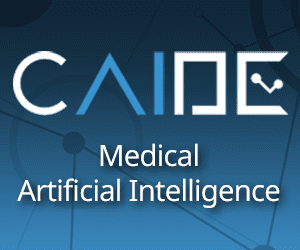Cloud automation and orchestration refer to the use of tools, processes, and frameworks to automate and streamline the deployment, management, and operation of cloud-based resources and services. It involves automating repetitive tasks, orchestrating complex workflows, and optimizing resource utilization. Here are some key aspects of cloud automation and orchestration:
-
Infrastructure Provisioning: Cloud automation enables the provisioning of infrastructure resources, such as virtual machines, storage, and networking components, through automated processes. Infrastructure-as-Code (IaC) tools like Terraform or cloud provider-specific services like AWS CloudFormation allow infrastructure provisioning to be defined and managed as code, ensuring consistency and scalability.
-
Application Deployment and Lifecycle Management: Automation and orchestration tools simplify and streamline the deployment and management of applications in the cloud. Continuous Integration/Continuous Deployment (CI/CD) pipelines, configuration management tools like Ansible or Puppet, and container orchestration platforms like Kubernetes automate application deployment, configuration, scaling, and monitoring.
-
Workflow Orchestration: Orchestration frameworks enable the automation and coordination of complex workflows that involve multiple cloud services, systems, or processes. Tools like Apache Airflow or AWS Step Functions provide graphical interfaces for designing, scheduling, and managing workflows, allowing organizations to define and automate complex business processes.
-
Scaling and Resource Optimization: Cloud automation enables dynamic scaling of resources based on demand. Autoscaling mechanisms, such as AWS Auto Scaling or Azure Autoscale, automatically adjust resource capacity to handle changes in workload. Additionally, resource optimization techniques, such as rightsizing instances or shutting down unused resources, help optimize cost and performance.
-
Monitoring and Alerting: Automation and orchestration tools integrate with monitoring and alerting systems to ensure proactive management of cloud resources. Monitoring tools like Prometheus or AWS CloudWatch, coupled with alerting mechanisms, enable organizations to detect and respond to performance issues or failures in real-time, triggering automated remediation actions if necessary.
-
Self-Service Provisioning: Automation and orchestration enable self-service capabilities, allowing users to provision and manage resources independently without manual intervention. Self-service portals or APIs provide users with pre-defined options for requesting and configuring cloud resources, empowering them to rapidly provision the services they need while maintaining control and governance.
-
Policy Enforcement and Compliance: Automation and orchestration frameworks help enforce policies and compliance requirements across cloud environments. By defining policies as code and leveraging tools like HashiCorp Sentinel or AWS Config, organizations can automatically validate and enforce policies related to security, cost management, resource usage, and compliance standards.
-
Disaster Recovery and High Availability: Automation and orchestration tools facilitate the setup and management of disaster recovery and high availability solutions in the cloud. Automated backup and recovery processes, replication mechanisms, and failover capabilities ensure business continuity and data resilience in case of disruptions or disasters.
-
Workflow and Performance Analytics: Automation and orchestration frameworks provide analytics and reporting capabilities to gain insights into workflow performance, resource utilization, and cost optimization. These insights help organizations identify bottlenecks, optimize workflows, and make informed decisions for resource allocation and capacity planning.
Cloud automation and orchestration streamline operations, enhance agility, and improve efficiency in managing cloud resources and services. By automating routine tasks, organizations can reduce manual effort, minimize human errors, and free up resources for more strategic initiatives. Orchestration allows for the coordination and automation of complex workflows, enabling organizations to achieve end-to-end process automation. Combined, these capabilities empower organizations to leverage the full potential of cloud computing and drive digital transformation initiatives effectively.








